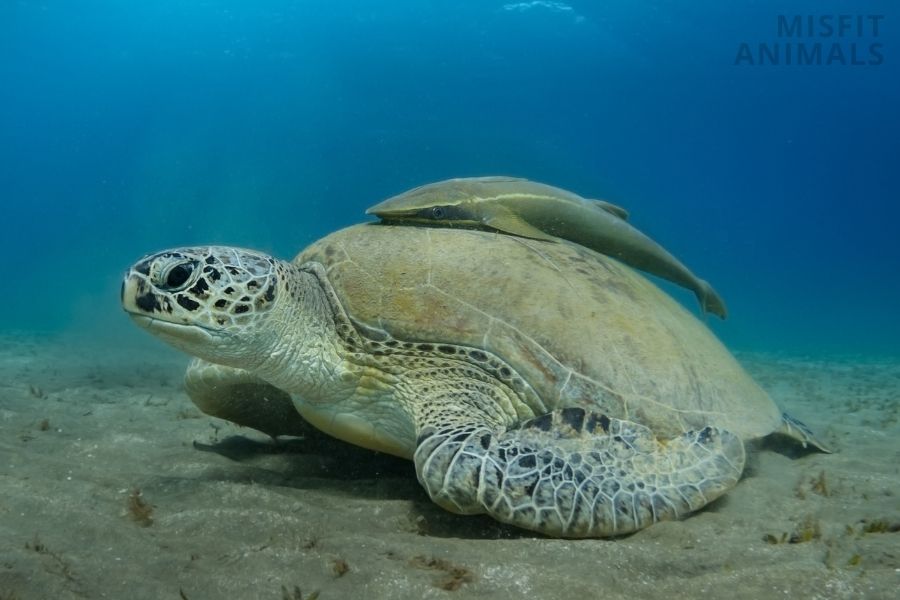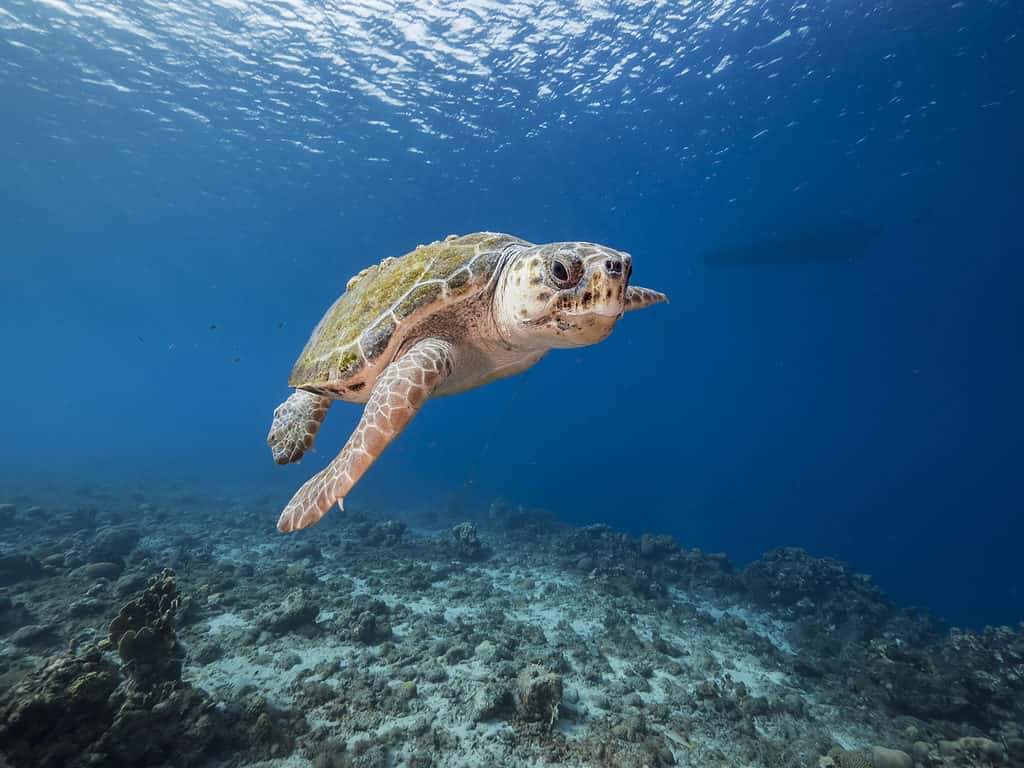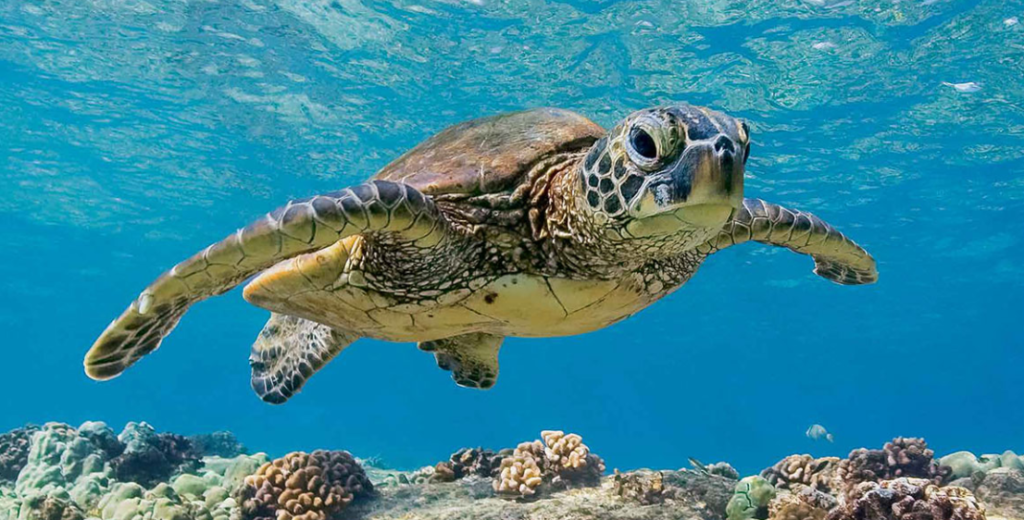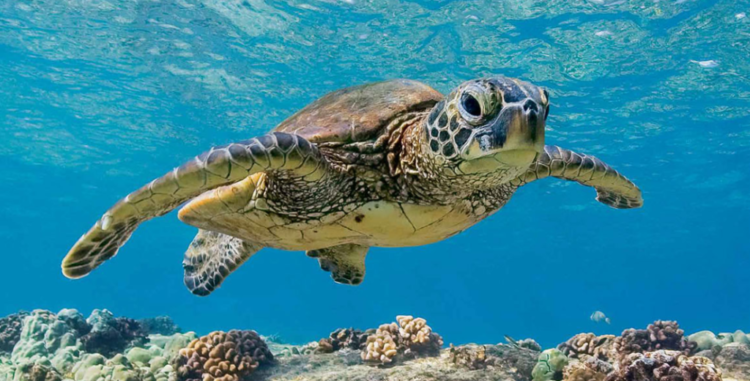
How long can sea turtles hold their breath? This question has captivated marine biologists and enthusiasts alike, as these ancient reptiles possess remarkable adaptations for underwater survival. Sea turtles, with their streamlined bodies and powerful flippers, are masters of the deep, spending hours submerged in search of food and shelter. But how do they manage to stay underwater for extended periods without taking a breath? The answer lies in a complex interplay of physiology, behavior, and environmental factors.
The secret to their underwater endurance lies in their specialized respiratory system and remarkable physiological adaptations. Sea turtles have evolved unique mechanisms for oxygen storage and utilization, allowing them to conserve energy and maximize their dive times. Factors such as species, age, size, water temperature, and activity level all play a role in determining how long a sea turtle can remain submerged. This article delves into the fascinating world of sea turtle breath-holding, exploring the science behind their underwater prowess and the remarkable adaptations that make them true masters of the deep.
Sea Turtle Physiology

Sea turtles, masters of the marine environment, possess remarkable physiological adaptations that enable them to thrive in both aquatic and terrestrial realms. Their unique respiratory system, circulatory system, and other bodily functions contribute to their ability to hold their breath for extended periods, navigate vast distances, and withstand the challenges of their oceanic habitat.
Respiratory System
The sea turtle’s respiratory system is specifically designed for underwater breathing. Unlike terrestrial turtles, sea turtles have adapted their lungs to function efficiently in an oxygen-limited environment.
- Lung Structure and Function: Sea turtles possess large, spongy lungs that are highly vascularized, allowing for efficient oxygen absorption and carbon dioxide expulsion. During dives, the lungs collapse, minimizing buoyancy and streamlining the turtle’s body for efficient swimming.
- Air Sacs: Sea turtles have air sacs that extend from their lungs, further increasing their lung capacity. These air sacs act as reservoirs for oxygen, allowing the turtle to remain submerged for longer periods.
- Laryngeal Valve: A specialized laryngeal valve closes off the trachea, preventing water from entering the lungs during dives. This valve is crucial for maintaining respiratory function while underwater.
Circulatory System
The sea turtle’s circulatory system is adapted to support their underwater lifestyle and optimize oxygen delivery to tissues.
- Heart Structure: Sea turtles have a four-chambered heart, similar to mammals, with two atria and two ventricles. This structure allows for efficient separation of oxygenated and deoxygenated blood, maximizing oxygen delivery to tissues.
- Blood Circulation: During dives, the sea turtle’s heart rate slows down, reducing oxygen consumption. This bradycardia, along with the efficient oxygen absorption from the lungs, helps to conserve oxygen and extend dive times.
- Blood Composition: Sea turtles have a high concentration of red blood cells, which bind to oxygen and transport it throughout the body. This adaptation allows for efficient oxygen delivery to tissues, even during prolonged dives.
Underwater Breathing Mechanisms
Sea turtles, despite being aquatic reptiles, rely on lungs for respiration. Unlike fish, which extract oxygen directly from water through gills, sea turtles must surface to breathe air. This section explores how sea turtles utilize their lungs for oxygen storage during dives, the process of oxygen uptake and utilization while submerged, and the physiological adaptations that enable them to conserve oxygen during dives.
Oxygen Storage and Utilization
Sea turtles have evolved remarkable adaptations for underwater breathing. Their lungs serve as oxygen reservoirs, allowing them to hold their breath for extended periods. When a sea turtle surfaces, it takes in a large volume of air, filling its lungs to capacity. This oxygen is then transported throughout the body by the circulatory system. During dives, the body utilizes this stored oxygen, gradually depleting the reservoir as the turtle swims underwater. The rate at which oxygen is consumed depends on factors such as the turtle’s activity level, body size, and water temperature.
Oxygen Conservation Strategies
Sea turtles have developed various physiological mechanisms to conserve oxygen during dives. These strategies include:
- Bradycardia: Sea turtles can slow their heart rate significantly during dives, reducing the rate of oxygen consumption. This physiological response, known as bradycardia, allows them to conserve oxygen by reducing the metabolic demands of the body.
- Selective Tissue Perfusion: Sea turtles can direct blood flow to vital organs, such as the brain and heart, while reducing blood flow to less essential tissues, such as muscles and skin. This selective perfusion ensures that vital organs receive a sufficient oxygen supply while minimizing overall oxygen consumption.
- Anaerobic Metabolism: In the absence of sufficient oxygen, sea turtles can utilize anaerobic metabolism to generate energy. This process produces lactic acid as a byproduct, which can accumulate in the muscles and contribute to fatigue. However, sea turtles have mechanisms to remove lactic acid buildup after surfacing.
- Oxygen Storage in Muscles: Sea turtles have a higher concentration of myoglobin in their muscles compared to terrestrial animals. Myoglobin is a protein that binds oxygen, allowing for increased oxygen storage within the muscles. This adaptation enables sea turtles to utilize stored oxygen in their muscles during dives.
Factors Affecting Breath-Holding Time

Several factors influence how long a sea turtle can hold its breath, making it a complex interplay of physiological, environmental, and behavioral aspects. These factors can significantly impact the duration of dives, influencing the turtle’s foraging behavior, migration patterns, and overall survival.
Species, Age, and Size
The species, age, and size of a sea turtle play a significant role in its breath-holding capacity.
- Species: Different sea turtle species exhibit varying breath-holding abilities. For instance, leatherback sea turtles, the largest of all sea turtles, can hold their breath for extended periods, sometimes exceeding an hour, due to their larger lung capacity and efficient oxygen utilization. In contrast, green sea turtles, known for their herbivorous diet, typically hold their breath for shorter durations, often less than 30 minutes.
- Age: As sea turtles mature, their lung capacity increases, enabling them to hold their breath for longer periods. Young turtles, with smaller lungs, generally have shorter breath-holding times compared to adults.
- Size: Larger sea turtles tend to have greater lung capacity, allowing them to hold their breath for extended durations. This correlation between size and breath-holding capacity is evident across different species.
Environmental Factors
Environmental conditions, particularly water temperature and depth, significantly impact a sea turtle’s breath-holding time.
- Water Temperature: Colder water temperatures generally lead to increased oxygen solubility, allowing sea turtles to absorb more oxygen from the water. This effect extends their breath-holding time. Conversely, warmer water temperatures decrease oxygen solubility, resulting in shorter breath-holding times.
- Depth: As sea turtles dive deeper, the pressure increases, compressing their lungs. This compression reduces the volume of air available, potentially shortening breath-holding times. However, some species, like leatherbacks, have evolved physiological adaptations that minimize the impact of pressure changes on their lungs.
Activity Level and Foraging Behavior, How long can sea turtles hold their breath
A sea turtle’s activity level and foraging behavior directly influence its breath-holding time.
- Activity Level: Increased activity, such as swimming against currents or hunting prey, requires more energy and, consequently, more oxygen. This increased oxygen demand can shorten breath-holding times.
- Foraging Behavior: The type of food a sea turtle consumes can also affect its breath-holding time. For example, sea turtles feeding on sponges, which require longer foraging times, may exhibit longer breath-holding durations compared to those feeding on algae or jellyfish.
Dive Behavior and Strategies

Sea turtles are renowned for their ability to hold their breath for extended periods, enabling them to explore the underwater world for foraging, migration, and other activities. Dive behavior in sea turtles is influenced by various factors, including species, age, habitat, and the availability of prey. Their diving strategies are remarkable adaptations that allow them to efficiently manage oxygen levels during prolonged underwater excursions.
Dive Patterns and Behaviors
The diving patterns of sea turtles vary significantly among species. Some species, like the green sea turtle, are known for shallow dives, typically staying within 10 meters of the surface. Others, like the leatherback sea turtle, are capable of diving to depths exceeding 1,000 meters.
- Green Sea Turtle: These turtles generally exhibit shallow dives, often spending time near the surface for grazing on seagrass and algae. Their dives typically last for a few minutes, with occasional longer dives of up to 20 minutes.
- Loggerhead Sea Turtle: Loggerheads are known for their relatively deep dives, reaching depths of up to 500 meters. They exhibit a variety of dive patterns, including short, shallow dives for foraging and longer, deeper dives for exploring or migrating.
- Leatherback Sea Turtle: The leatherback holds the record for the deepest dives among sea turtles, reaching depths of over 1,200 meters. Their deep dives are primarily for foraging on jellyfish, which are abundant in the deep ocean.
Oxygen Management During Dives
Sea turtles have developed remarkable adaptations to manage oxygen levels during prolonged dives. They employ a combination of physiological mechanisms to conserve oxygen and tolerate low oxygen conditions.
- Bradycardia: Sea turtles slow their heart rate during dives, reducing their oxygen consumption. This physiological response, known as bradycardia, is common in marine animals that dive for extended periods.
- Peripheral Vasoconstriction: To further conserve oxygen, sea turtles constrict blood vessels in their extremities, directing blood flow to vital organs like the brain and heart. This process, called peripheral vasoconstriction, helps maintain oxygen supply to critical tissues.
- Lactic Acid Tolerance: During dives, sea turtles accumulate lactic acid, a byproduct of anaerobic respiration. They have a high tolerance for lactic acid buildup, allowing them to sustain dives for longer durations.
Physiological Responses to Low Oxygen
Sea turtles have evolved several physiological adaptations to tolerate low oxygen conditions. These adaptations enable them to survive prolonged dives and minimize the risk of oxygen deprivation.
- Increased Blood Volume: Sea turtles have a larger blood volume compared to other reptiles, which provides a greater oxygen-carrying capacity.
- Myoglobin: Their muscles contain high levels of myoglobin, a protein that stores oxygen. This allows them to utilize oxygen reserves during dives, extending their breath-holding time.
- Oxygen Extraction Efficiency: Sea turtles have a high efficiency in extracting oxygen from the blood, maximizing the utilization of available oxygen during dives.
Epilogue: How Long Can Sea Turtles Hold Their Breath
The ability of sea turtles to hold their breath for extended periods is a testament to the incredible adaptations that have allowed them to thrive in the marine environment for millions of years. From their specialized respiratory system to their unique physiological responses, these ancient reptiles demonstrate remarkable resilience and efficiency in underwater survival. Understanding the science behind their breath-holding capabilities not only provides insights into the natural world but also highlights the importance of conservation efforts to protect these magnificent creatures and their delicate marine ecosystems.
Frequently Asked Questions
What are the longest recorded breath-holding times for sea turtles?
Some sea turtle species have been documented to hold their breath for several hours, with the leatherback sea turtle being known for particularly long dives. However, these records are dependent on species, age, and individual variations.
How do sea turtles avoid getting decompression sickness?
Sea turtles, unlike humans, do not experience decompression sickness (the bends) due to their unique physiological adaptations. They have a slower metabolic rate and are able to tolerate higher levels of nitrogen in their blood, preventing the formation of gas bubbles that cause decompression sickness.
Can sea turtles drown?
While sea turtles are adapted for underwater survival, they do need to surface for air. If a sea turtle is unable to surface for extended periods, it can drown. This is a concern for sea turtles entangled in fishing gear or trapped in marine debris.





